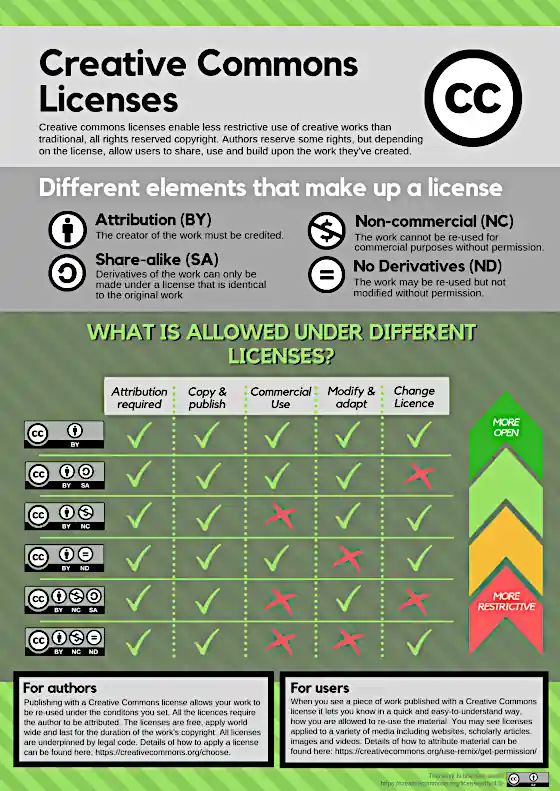Introduction
In the world of radio broadcasting, the choice of music is crucial to creating an engaging and captivating listening experience for the audience. However, acquiring licenses for copyrighted music can be expensive and complex. This is where Creative Commons music comes into play. By using Creative Commons music licensed for commercial use, radio stations can access a wide range of music options that are legally and freely available. In this article, we will explore the concept of Creative Commons music, and its benefits for radio stations.

Creative Commons Music - What is it?
Creative Commons music refers to music that is licensed under Creative Commons licenses, granting permissions for sharing, use, and building upon the work. These licenses allow artists to retain copyright while allowing others to use their work under certain conditions. There are six different Creative Commons licenses, each with varying permissions and restrictions. By using Creative Commons music, radio stations can explore a vast library of music while adhering to legal requirements and supporting independent artists.
The Benefits of Using Creative Commons Background Music for you and Retail Radio UK
Using Creative Commons background music licensed for commercial use provides several benefits for radio stations.
Firstly, it offers a cost-effective solution. Acquiring licenses for copyrighted music can be expensive, especially for smaller radio stations with limited budgets. Creative Commons music allows radio stations to access high-quality music without the financial burden.
Secondly, using Creative Commons music helps radio stations avoid copyright infringement and legal consequences. Copyrighted music requires proper licensing and permission from the copyright holders. Failure to obtain these licenses can result in legal action and financial penalties. By utilizing Creative Commons music, radio stations can ensure they are operating within the bounds of the law.
Furthermore, Creative Commons music offers a diverse range of genres and styles. It allows radio stations to discover new and independent artists, supporting the growth and exposure of emerging talent. This enables radio stations and services to curate unique and engaging playlists that cater to the interests and preferences of their audience.
And Lastly, Creative Commons music provides flexibility in terms of usage. Unlike copyrighted music that requires individual song licensing, Creative Commons music can be used without the need for complex licensing arrangements for each individual track. This simplifies the process for radio stations and allows for a more streamlined music selection.
In Conclusion, Creative Commons background music provides a valuable resource for radio stations, offering a legal and cost-effective alternative to copyrighted music. By using Creative Commons music licensed for commercial use, radio stations can access a diverse library of music while avoiding copyright infringement and legal consequences. With various platforms available for discovering and licensing Creative Commons music, radio stations have the opportunity to curate engaging and captivating playlists that cater to their audience's interests.
We are very careful to: always comply with the specific licenses and attributions required by Creative Commons artists, supporting their work while enjoying the benefits of a rich and diverse music selection.
